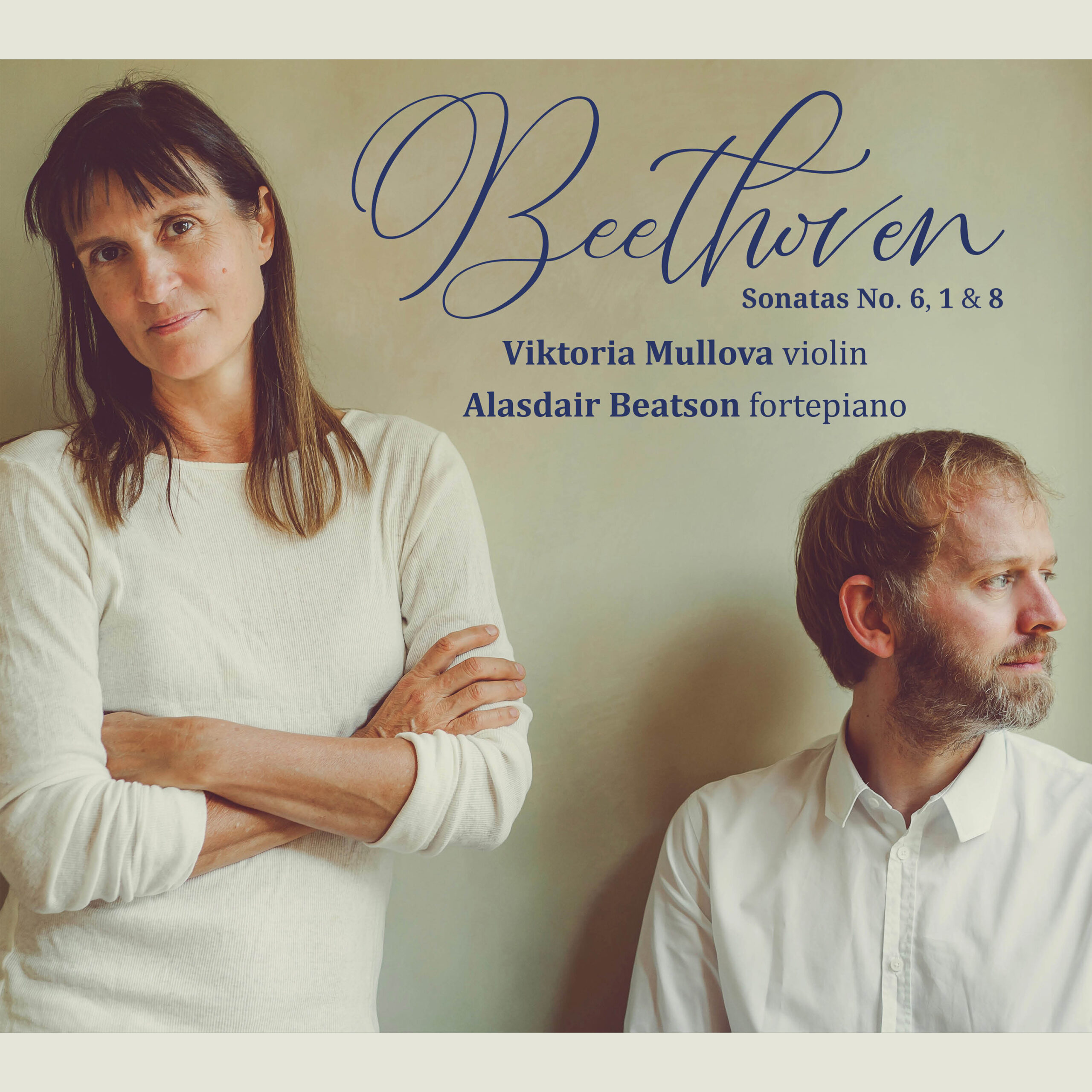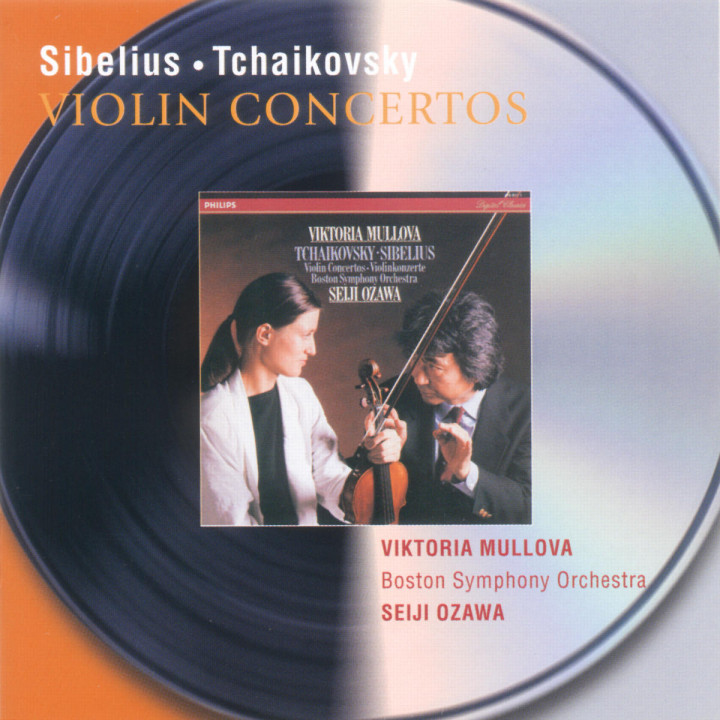Reviews and Highlights
Listening to these profoundly intimate performances is to be reminded how the evolution of both piano and violin has reshaped the way Schubert’s music is perceived. The sonic and sustaining power both instruments are now capable of (not to mention the enhanced size of performing venues) has resulted in slower rates of resonance-decay, a tendency to raise dynamic levels, and enhanced potentials for legato-cantabile via lashings of vibrato and portamento espressivo. To effectively play instruments such as Schubert would have recognised requires super-refined technique and boundless musical imagination – there is simply nowhere to hide.
To hear Alasdair Beatson’s exquisitely subtle rendering of the C major Fantasie’s opening oscillations, and the way Viktoria Mullova segues into the fluttering textures as though she is merely breathing on her strings, is to enter a world in which every tiny gesture is of vital significance. The following Allegretto is all the more poignant for not having its underlying sense of discomfort cushioned by washes of ambience, while the sublime Andantino variations third section is buoyed by Mullova’s and Beatson’s captivating warmth and meticulously articulated bonhomie.
They finish with the unnerving B minor Rondo brillant, its overtly dramatic nature often leading to it being played with an inappropriately Beethovenian menace. Here it emerges as a nerve-shredding sequence of differentiated musical imaginings, brought within terrifyingly close proximity of one another. In context, the major key coda sounds more like desperation than consolation.
It’s a mere decade since Viktoria Mullova’s last recorded foray into Beethoven’s violin sonatas (9/10). Then her co-conspirator was Kristian Bezuidenhout; now it is Alasdair Beatson, playing a delicious Paul McNulty copy of an 1805 Viennese Walter fortepiano. In his brief explanatory note, Beatson identifies the intimacy and ‘shared subtleties of articulation and colour’ between the two instruments – Mullova’s gut-strung Guadagnini is addressed with a classical bow – which is appropriate to the music and exploited fully in this recording. Responsiveness to Beethoven’s detailed markings is a given in readings of this degree of acuity but the range of dynamics in both performance and recording (at Wyastone Concert Hall, very much the Potton Hall of the Welsh Marches) truly brings each moment to life. The opening of the C minor Sonata (Op 30 No 2) lours with a palpable sense of unease, while distant thunder in the piano’s left hand mars the sunny disposition of the SpringSonata’s first movement. The piano never becomes strident, though, retaining a vivid clarity in its bass range and avoiding hints of glassiness in the upper treble.
And Mullova’s playing, its strength and power resting on many years’ association with Beethoven and his music, strikes sparks off not only her piano support but also the sonic purity of her surroundings and the constant, still-challenging invention of each score. Her sound is rich but not creamy, and never lapses into mere beauty for its own sake. Her spectrum of tones, from the merest whisper to full-throated songfulness in lyrical passages, and range of nuance compel the attention throughout.
Among recent recordings of such extremely familiar repertoire, this one must surely rank among the finest. Will Mullova keep us waiting another ten or more years for her next sonata instalment?
Discography

Beethoven’s Sonatas 6, 1 and 8

SCHUBERT Sonata, Rondo and Fantasie

Mullova/Beatson Beethoven: Violin Sonatas 4, 5 & 7

Mullova, Mullov-Abbado, Music We Love

Arvo Part

Prokofiev

Stradivarius in Rio

Bach Concertos

The Making of the Peasant Girl DVD

The Peasant Girl

Beethoven – Violin Sonatas 3&9

Bach: 6 Solo Sonatas & Partitas

Bach, Violin & Continuo Sonatas

Recital Katia Labeque

Schubert: Octet in F major, D803

Mozart: Violin Concertos Nos. 1, 3-4

Vivaldi – Violin Concertos

20th Century Violin Sonatas

Beethoven / Mendelssohn: Violin Concertos

Brahms Violin Concerto, 3 Sonatas, Piano Trio

Stravinsky, Bartok, Shostakovich, Prokofiev Violin Concertos

Through the Looking Glass

Brahms Violin Sonatas

Bartok Violin Concerto

Prokofiev Sonatas for violin and piano, Debussy*, Janacek

Brahms Trio in B Op.8

Brahms Violin Concerto

Mendelssohn Violin Concerti

Stravinsky Divertimento, Ravel Sonata in G, Prokofiev Sonata No.2 in D

Vieuxtemps Violin Concerto No.5, Paganini Violin Concerto No.1

Tchaikovsky Violin Concerto, Sibelius Violin Concerto

Shostakovich Violin Concerto No.1, Prokofiev Violin Concerto No.2




